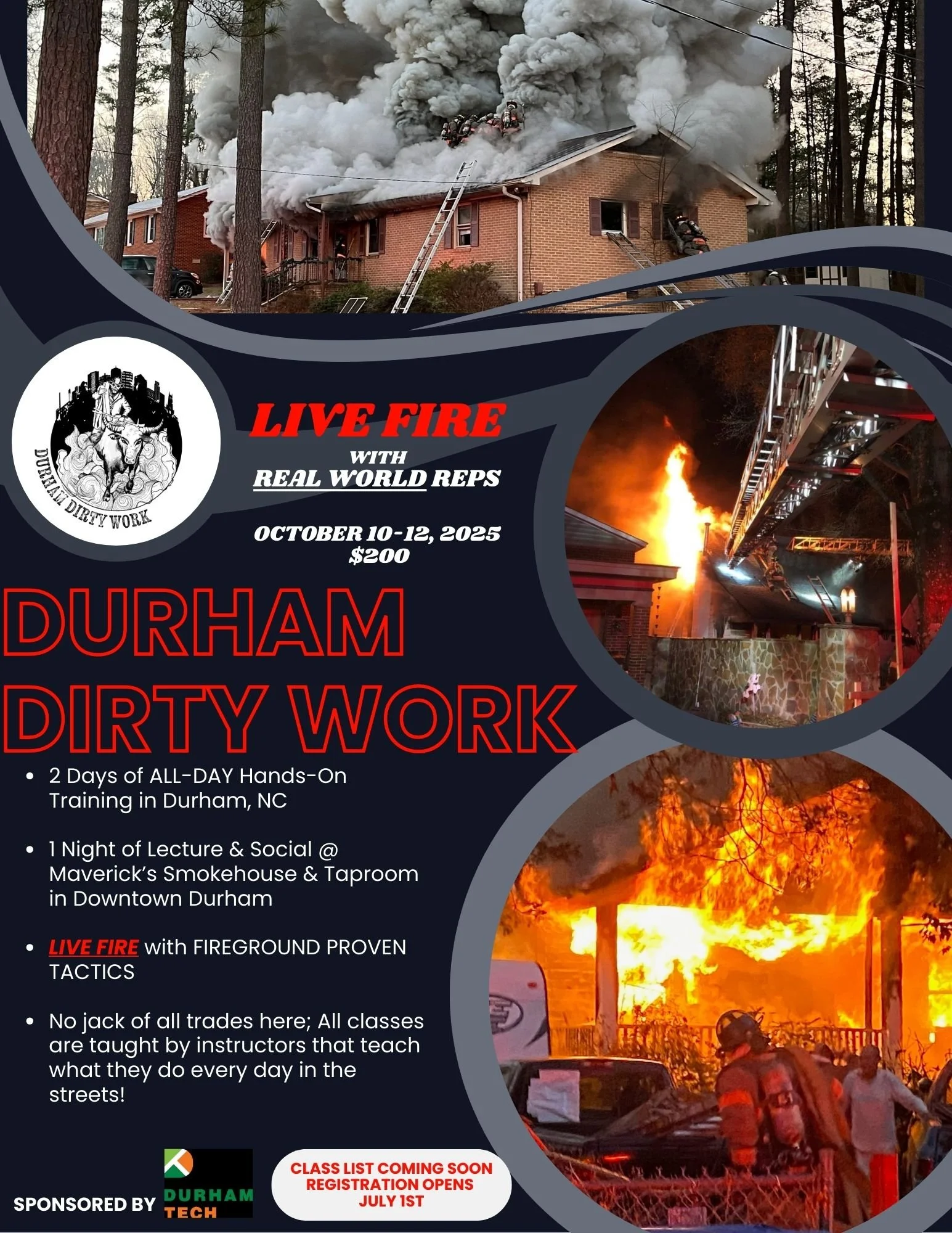LEAD INSTRUCTOR: BATTALION CHIEF RICHARD RAY
This hands-on course brings the principles of fire dynamics to life using both a flashover simulator and a Max Fire Box. Students will gain a working understanding of modern fire behavior, including heat transfer, flow paths, ventilation effects, and rapid fire event recognition.
Through live-fire demonstrations and guided instruction, participants will observe key fire behavior indicators, learn to predict fire development, and practice tactical decision-making based on dynamic conditions.
The flashover simulator provides a controlled environment to witness the stages of fire growth, rollover, and flashover, while the Max Fire Box offers a scaled, tabletop demonstration of ventilation-controlled fires and tactical impacts.
This course is designed for firefighters of all experience levels looking to enhance their teaching and operational awareness of modern fire dynamics.
Key Takeaways:
· Recognize and interpret fire behavior indicators
· Understand the effects of ventilation on fire development
· Predict rapid fire event potential and appropriate tactical actions
· Apply fire dynamics knowledge to improve fireground decision-making

